(ECNS) -- China’s top 10 science-technological advances in 2024 were announced in Nanjing, east China's Jiangsu Province on Wednesday.
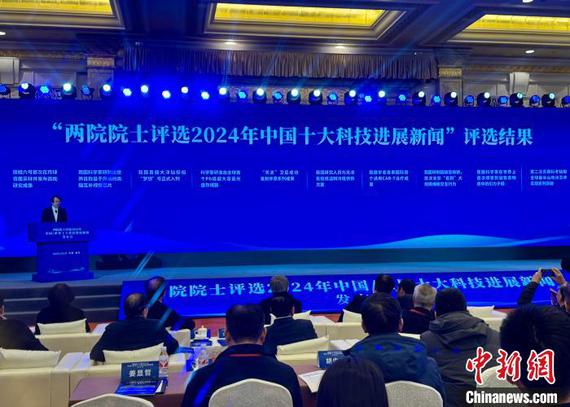
These milestones were selected by members of the Chinese Academy of Sciences and the Chinese Academy of Engineering, who hold the highest national academic titles in science and engineering.
Among the achievements were lunar exploration, human-like visual perception and deep-sea drilling.
In June 2024, China's Chang'e-6 lunar probe successfully collected 1,935.3 grams of samples from the far side of the moon, marking a historic first in human lunar exploration. The samples hold significant scientific value for enriching our understanding of the moon's origin and evolution, while offering deeper insights into the history of Earth.
In May, a team of scientists from Tsinghua University developed the world’s first brain-inspired complementary vision chip “Tianmouc,” which is capable of acquiring visual information at an impressive speed of 10,000 frames per second with 10-bit precision.
This cutting-edge chip opens new frontiers for key applications, including autonomous driving and embodied intelligence, by delivering unprecedented efficiency and accuracy in visual data processing.
Another major milestone came in November, when China's first deep-ocean drilling vessel, "Meng Xiang," was officially commissioned in Guangzhou, south China’s Guangdong Province, a leap forward in the nation’s deep-sea exploration capabilities.
As China's largest scientific research vessel, Meng Xiang is the first in the world to integrate functions, including deep-ocean scientific drilling, oil and gas exploration, as well as natural gas hydrate investigation and trial extraction.
The country's scientific advances last year also included the successful launch of “Tianguan” satellite, the development of a super intravital microscope “RUSH3D” and the acquisition of the world's longest ice core from the thickest glacier on the Qinghai-Xizang Plateau.
The annual selection of China’s top 10 scientific advancements, now in its 31st year, continues to draw widespread domestic and international media attention, fostering greater public understanding of science and technology.












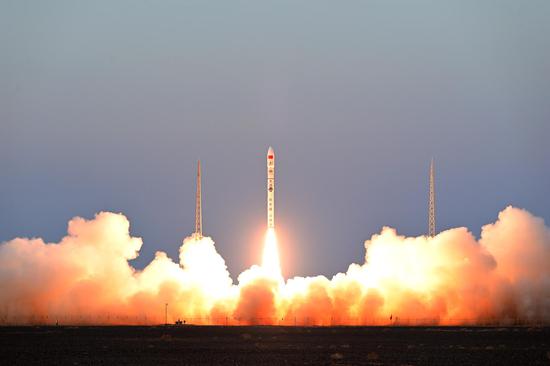








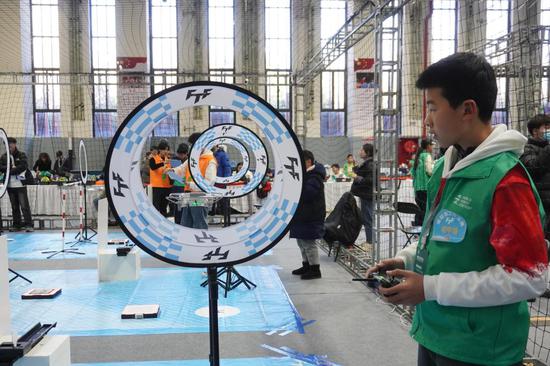


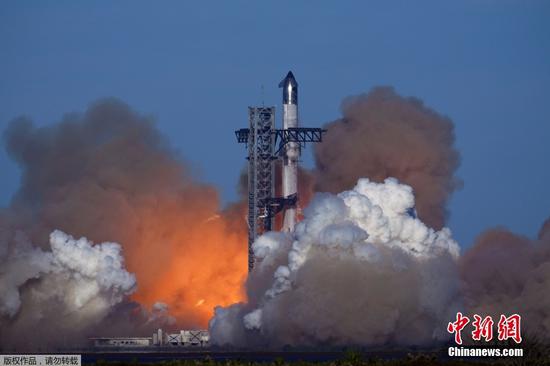














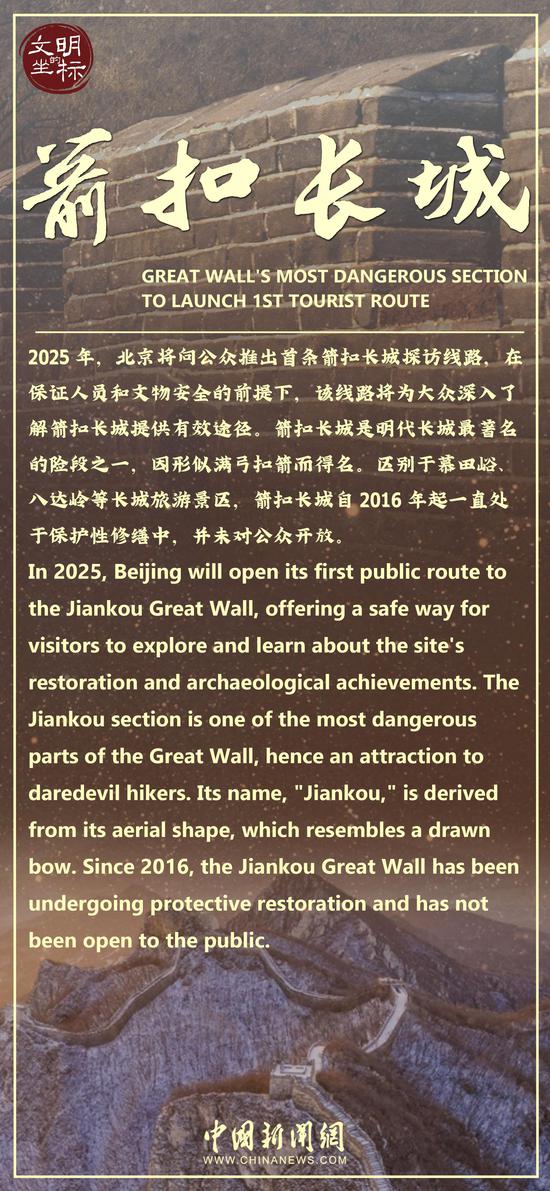










 京公网安备 11010202009201号
京公网安备 11010202009201号